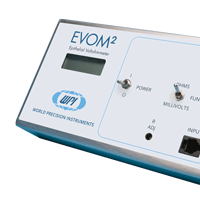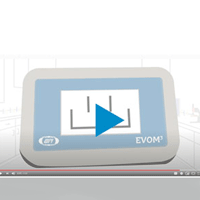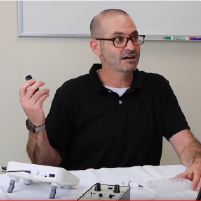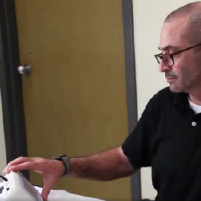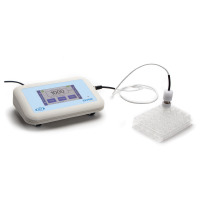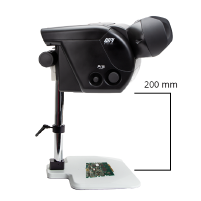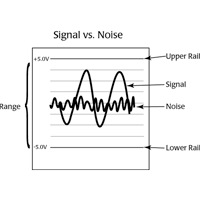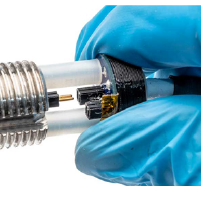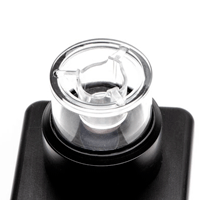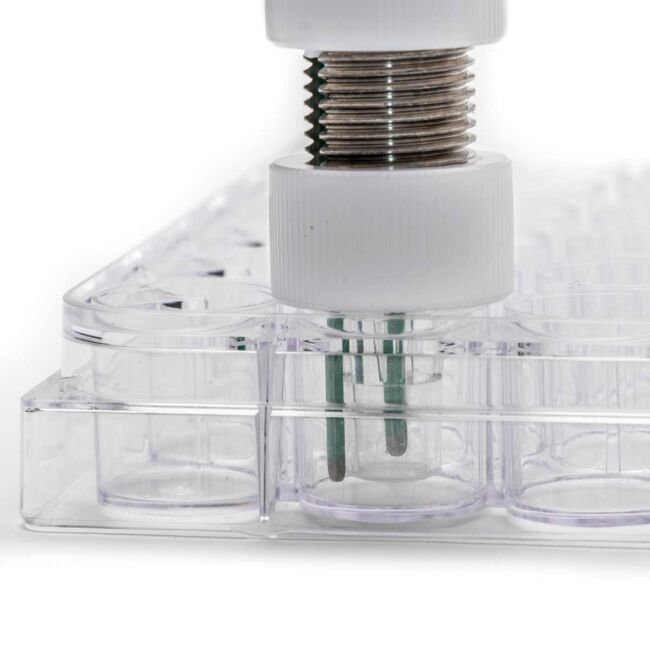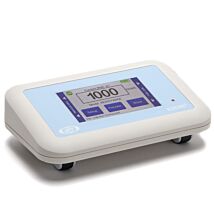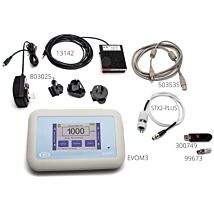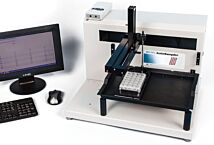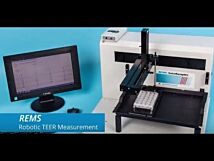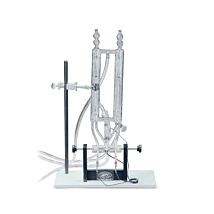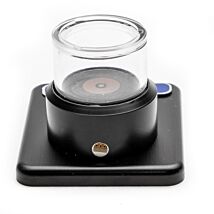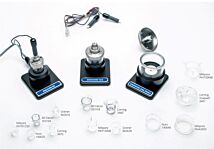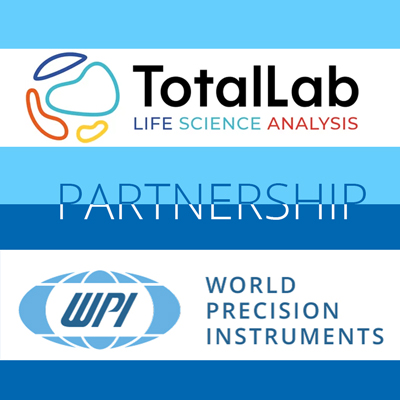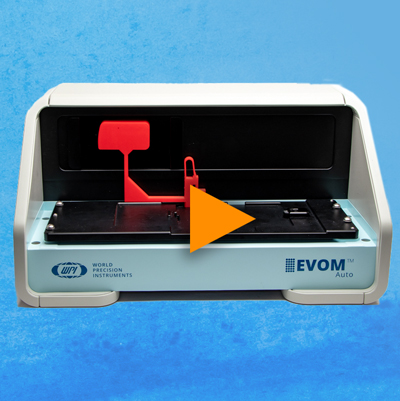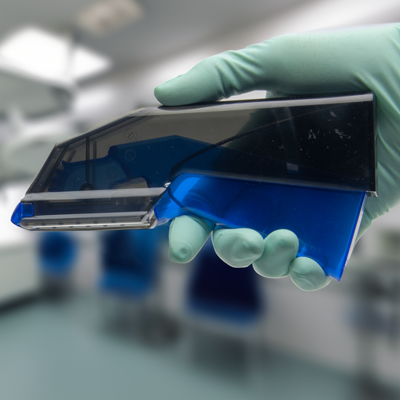This website uses cookies to ensure you get the best experience on our website.
Read more
Researcher Compares EVOM3 with an Ussing Chamber
April 20, 2021
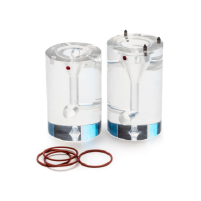
by Benjamin Dubansky, PhD, Animal Physiologist/Researcher
An Ussing Chamber is used when performing barrier studies across an excised epithelial tissue. Similar measurements can be made in well plates using an EVOM series TEER Measurement Meter, which is used for epithelial tissue that is grown to confluence in a cell culture well. While EVOM measurements are only qualitative, your throughput is much greater with an EVOM3. The EVOMs are portable and much more economical than an Ussing Chamber. Here Ben Dubansky, PhD explains the differences between EVOMs and Ussing chambers.
The EVOM is a special kind of voltmeter for measuring electrical properties across a layer of cells in culture or a biological membrane. We are measuring TEER (TER) - Transepithelial Electrical Resistance. The EVOM3 allows us to zoom in and measure either resistance or voltage across these membranes or cells in culture.
EVOM3 versus an Ussing Chamber
Explanted Tissue or Cultured Tissue
EVOM3 sounds like the Ussing chamber, but not quite. The Ussing chamber produces a uniform field across the membrane which allows you to apply a consistent voltage across the epithelia and more uniform monitoring of the whole sheet of epithelia at the same time. The Ussing chamber is really for explanted tissue. For example, you can cut a piece of intestine and culture that in an Ussing chamber to study transport or barrier properties similar to what I just described.
Single Sample or High Throughput
The drawback of an Ussing chamber is that you can only do a couple samples at once. An Ussing chambers is definitely not a 24-well plate. There are ways to adapt the EVOM3 to get Ussing chamber-like data at higher throughput. While the EVOM3 is not as exact as an Ussing chamber, it is still a solid platform with a much higher throughput than an Ussing chamber.
Improving Accuracy of EVOM3 with EndOhm
The easiest way to use the EVOM3 is to just take your measurements during an experiment to monitor changes that might occur over the course of a treatment. Or you can use the EndOhm electrode configuration. While the EVOM3 is not as exact as the Ussing chamber, you can still get Ussing chamber-like data from the EVOM series, especially the new ones (EVOM3).
If you require more accuracy, you can use the EndOhm electrode configuration, which plugs into the EVOM3. With that, you have to remove the insert and place it into a chamber that has perfectly aligned electrodes, kind of like an Ussing chamber. It is pretty nicely done to get quick and consistent measurements. You will have to move your inserts around. This is a slower process, but if you do a good job with cleaning and keeping your work sterile, the EndOhm electrodes are amazing. They are a good bit slower, so the throughput is less, but miles faster than an Ussing chamber. And you are using cultured cells.
While the EVOM3 is not as exact as an Ussing chamber, it is still a solid platform with a much higher throughput than an Ussing chamber. You get solid, qualitative data using a portable EVOM3 meter at a fraction of the cost of a complete Ussing system.

Close


